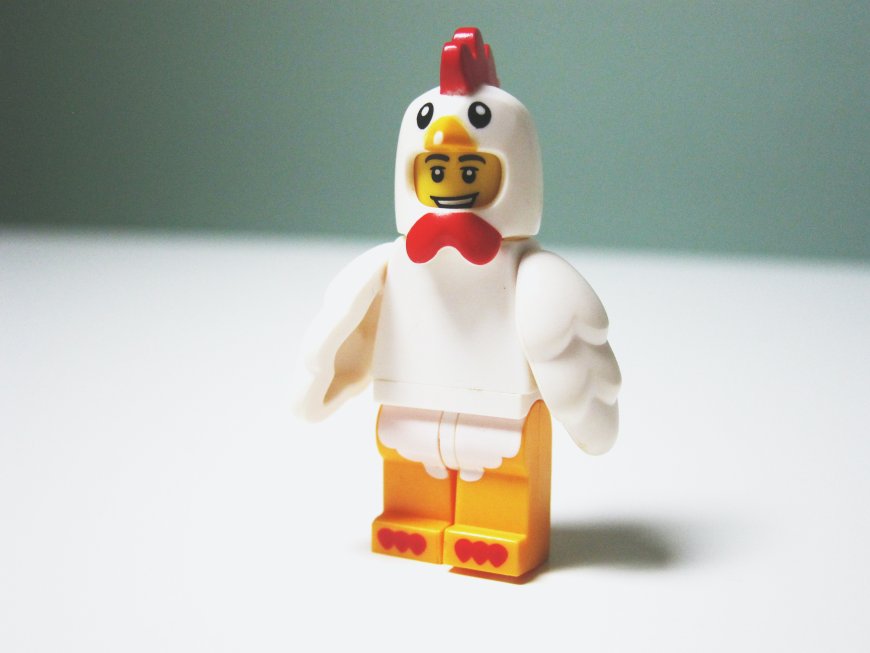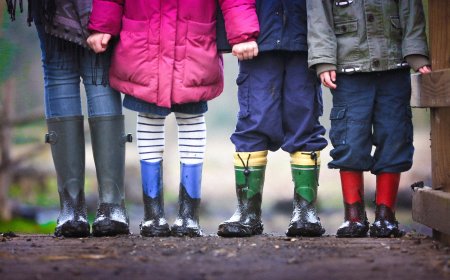Body Mysteries for Kids: Journey Through the Human Body with Fun Facts and Activities
The human body is an incredible, complex machine that's full of amazing secrets. In this article, we'll take kids ages 8 to 12 on a fascinating adventure through our inside world, exploring the "mystery science" of our bodies with awesome facts and hands-on activities.

Our Body's Building Blocks: Cells, Tissues, and Organs
Our bodies are made up of tiny building blocks called cells. Cells group together to form tissues, and tissues come together to form organs. Let's learn about these building blocks and how they work together in our bodies.
Cells
Cells are the smallest living units in our bodies. They come in different shapes and sizes, and they have different jobs to keep us healthy.
Activity: Edible Cell Model
- Gather materials: a round cookie, frosting, and different types of candy.
- Spread frosting on the cookie to represent the cell's cytoplasm.
- Use different candies to represent the cell's parts (like the nucleus, mitochondria, and cell membrane).
- Label each candy with a small piece of paper and a toothpick.
- Enjoy your delicious cell model!
Tissues
Tissues are groups of cells that work together to do a specific job. There are four main types of tissues in our bodies: epithelial, connective, muscle, and nervous.
Activity: Tissue Collage
- Gather materials: construction paper, scissors, glue, and markers.
- Cut out different shapes and sizes of paper to represent the four types of tissues.
- Glue the shapes onto a large piece of paper, creating a collage of the different tissues.
- Label each tissue type and write a sentence or two about its job in the body.
Organs
Organs are groups of tissues that work together to perform a specific function. Some examples of organs include the heart, lungs, and brain.
Activity: Organ Puzzle
- Gather materials: cardboard, scissors, markers, and a reference image of the human body.
- Draw and color different organs on the cardboard, using the reference image as a guide.
- Cut out the organs and mix them up.
- Put the organ puzzle back together by placing the organs in the correct spots on a large piece of paper.
Body Systems: Working Together for Our Health
Our organs and tissues work together in systems that keep us healthy. Let's explore some of the main body systems and how they work.
The Skeletal System
The skeletal system gives our bodies structure and protects our organs. It's made up of bones, joints, and cartilage.
Activity: Pasta Skeleton
- Gather materials: different types of pasta, glue, and a large piece of paper.
- Arrange the pasta on the paper to create a skeleton, using different pasta shapes for different bones.
- Glue the pasta in place and label the different bones.
The Digestive System
The digestive system breaks down the food we eat and turns it into energy and nutrients for our bodies.
Activity: Digestion in a Bag
- Gather materials: a plastic zip-top bag, crackers, water, and a paper towel.
- Crush the crackers and put them in the bag.
- Add a little water to represent saliva.
- Seal the bag and squish the contents to represent chewing and digestion.
- Observe the changes in the cracker mixture as it's "digested."
The Respiratory System
The respiratory system helps us breathe and takes in oxygen, which our bodies need to function.
Activity: Lung Model
- Gather materials: a plastic water bottle, two balloons, a straw, and tape.
- Cut off the bottom of the water bottle and insert a balloon into the opening.
- Insert the straw into the neck of the balloon and tape it in place.
- Inflate the second balloon and attach it to the other end of the straw.
- Squeeze the bottle to simulate inhaling and exhaling.
By exploring the "mystery science" of the human body, kids age 8 to 12 can develop a deeper understanding of their anatomy and the incredible systems that work together to keep them healthy. With these engaging facts and hands-on activities, young explorers will be excited to uncover the secrets of their own bodies and learn about the fascinating world of human anatomy.
Disclaimer: The image(s) featured in this article are for illustrative purposes only and may not directly depict the specific concepts, situations, or individuals discussed in the content. Their purpose is to enhance the reader's understanding and visual experience. Please do not interpret the images as literal representations of the topics addressed.
What's Your Reaction?












































































































